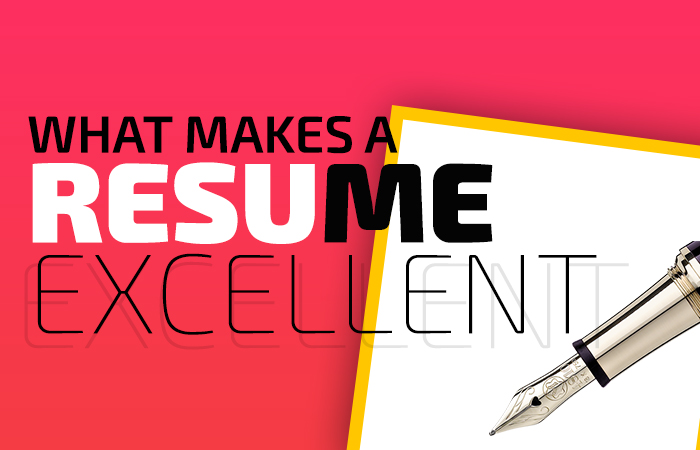If you are someone who is looking for the first job or trying to make a career change, creating a resume is the most important thing to do before the entire process begins. It is because this is the only document that can make or break your chances of being called for an interview for the job that you desire. For this purpose, you first need to understand what resume is all about. There is a difference between a resume and a cv.
What is a resume?
More than just a formal job application, a resume is one to two-page documents that sums up your qualification for the job you are interested in. It is basically a marketing tool that you use to communicate your value to employers. It summarizes the most important information an employer needs to know while considering you like the new hire. All the relevant qualification, training, and work history are listed under simple resume headlines that are written as a summary of qualifications, professional experience, or education.
Things to include in a resume:
- A simple resume includes
- Contact information
- Objective or summary of qualifications
- Work history
- Education
If you have any achievements, licenses, professional affiliation, or skills that are related to the new job, you can list them in your resume as well.
Through your resume, you can wow your manager and present a document that can promote you as an ideal candidate for the job. Following are ways you can build your resume to get job interviews:
Personal and employment information:
For the first step, you need to collect all the information that you want to include in your resume. With information at hand, it will be easier to write, edit, and format a document. List your contact information, all your jobs, certifications, qualification, and any other credentials.
Write the resume:
Once you have listed all the information, start writing your resume. Don’t worry about the font or the formatting yet because you will have enough time in the end to do that. Focus on getting every piece of information on the paper. Start writing
- Resume heading
- Profile or objective
- Summary of qualifications
- Experience ( it should include your work history)
- Volunteer work
- Education
- Certifications
- Awards and accomplishments
- Skills
- Personal interests
Chose a resume layout:
Now, you need to decide the resume layout. For this purpose, you have three basic types of resume formats:
Chronological:
It is one of the most frequently used formats which presents your work history with the most recent job first.
Functional:
This is beneficial if you have a spotty work history. It is because a functional format focuses on your skills and experiences.
Combination:
This is the kind of format that uses both your skills and your chronological work history.
Format your resume text:
Formatting for your resume includes:
Selection of font: The best font for your resume is the simple text because it works the best and people often make this basic mistake. But if you are someone who is applying for a design-related position, a resume is the place where you can showcase your unique skills.
Font size and type: For your name and heading, use a larger font. Whereas you can highlight the details of your education by using bold and italics.
Lists vs Paragraphs: if you create a resume by listing your information in the form of bullets, it will be easier to read than reading a whole paragraph.
Proofread and print the final version:
Once you have finalized your resume, it is important to save it first. Now you need to carefully proofread it and then print a copy to make sure to have it in your hand. Print some extra copies to take for the interview with you. If you do not want to write your resume, you can use the following websites and build your resume online




